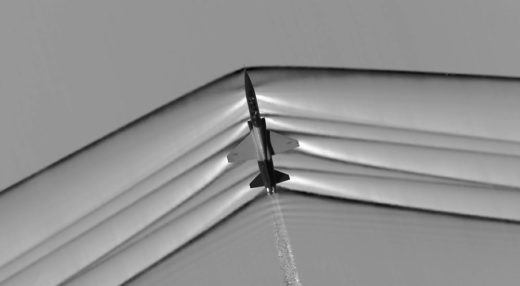What is Resonance?
I love being in the physics lab. Today we did some experiments on the topic of resonance. With that ‘sounding’ knowledge of what I did today. Let’s get into it and learn what resonance is this week.
So far, my books say that resonance is the phenomenon experienced by an object at its natural frequency, which is — when the object is vibrated at that natural frequency, the amplitude of the vibration increases. Sometimes destructive enough.
Explanation
In the most fundamental sense, resonance is the phenomenon of natural vibration of an object where it is amplified by an external force that is applied to the object at the exact same frequency (intervals). By adding energy to the system at the same resonant frequency, we are increasing the energy of the vibration, and hence amplitude of the wave increases. This external force can be anything, from a speaker to a tuning hammer. Depending on the nature of the system, resonance can be mechanical, acoustic, hydraulic, and electrical.
Difference between resonance and natural frequency
Resonance is what happens when a system is vibrated at its natural frequency. So resonance is the phenomenon and the natural frequency (also called as the resonant frequency) is the variable at which the phenomenon occurs.
This post was first published on June 3, 2005.










